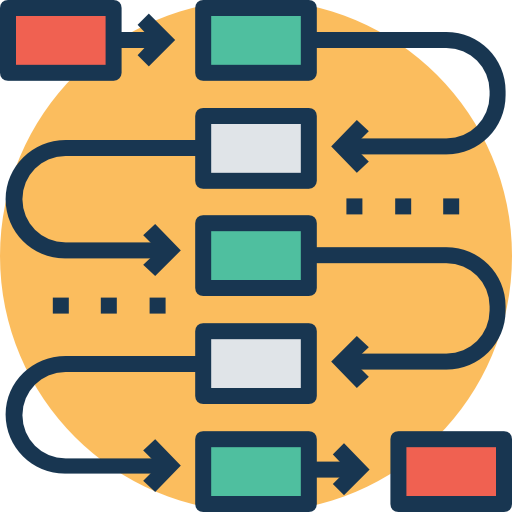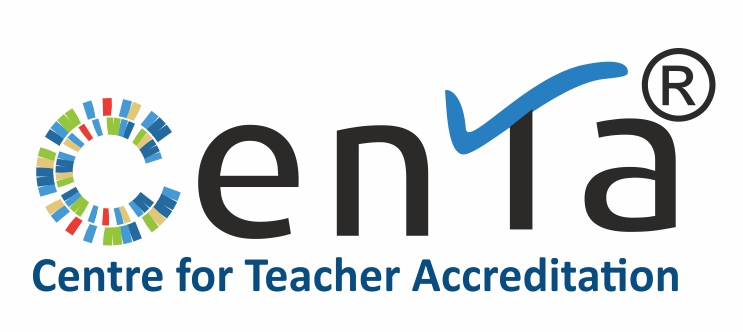There are 3 important factors to consider while deciding which part to assess synchronously vs asynchronously:

A. Do you want immediate feedback from students?
- For example, a Mentimeter quiz or a quick check using the chatbox
- An immediate assessment of how much students have gathered can sometimes be important, in which case you should conduct a synchronous assessment
- In some cases the assessment need not be immediate, or students may need some time to think and reflect before they take the assessment. In this case, you may want to conduct an asynchronous assessment

B. How many responses do you need?
- If you need only a few students to respond to understand whether the class is keeping up, synchronous assessments are very useful
- If you need all the students to complete an assessment to understand the level of the class, asynchronous assessments like homework assignments that are compulsory for all students are better

C. Does the order of the process in which things are done matter?
- If the order in which concepts are taught and understood matters, then it may be better to conduct synchronous assessments
- If the order does not matter, then asynchronous assessments are better as students can take them at their own pace
Some examples of tech tools for synchronous assessment are:
- Google Forms
- Mentimeter
- Chatbox
- Polls
- Socrative
Some examples of tech tools for asynchronous assessment are:
- Homework
- Assignments
- Edpuzzle
- Google Forms
- BookWidgets
Many of the technology tools can be used for both synchronous (during a live session) and asynchronous (before or after a live session) formative assessments. It depends on HOW you want to use the tool.
All icons made by Freepik and Prosymbols from flaticon.com
